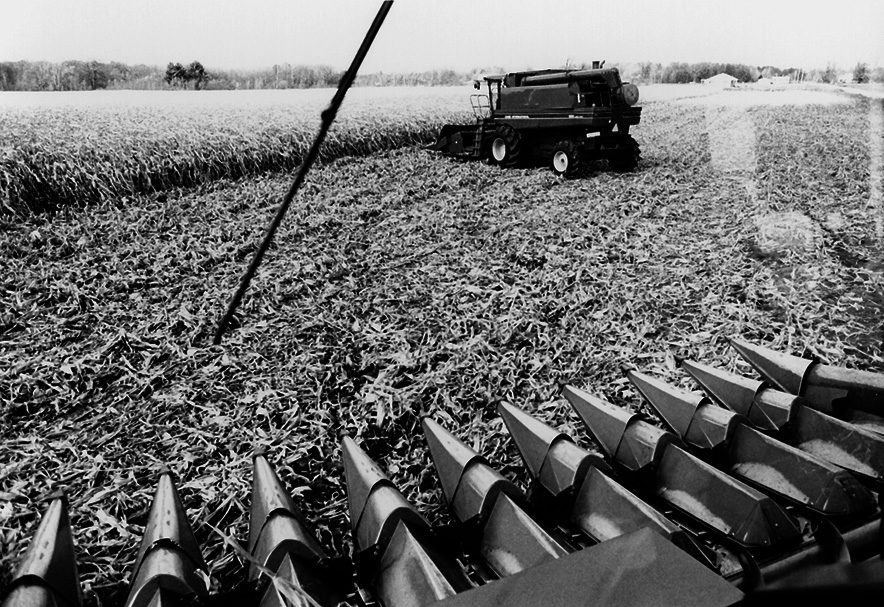No-Till Farmer
Get full access NOW to the most comprehensive, powerful and easy-to-use online resource for no-tillage practices. Just one good idea will pay for your subscription hundreds of times over.

With 900 acres of corn near Beaver Dam, Wis., Charlie Hammer uses 20-inch rows. He plants 36,000 to 38,000 seeds per acre and finds the narrower rows add 6 to 8 inches to plant height.
Using the same planter to no-till 1,000 acres of soybeans, he adds splitters to end up with 10-inch rows.
Since there’s no easy way to avoid tire tracks with some of the 20-inch rows, Hammer installed tracks on tractors and grain carts to reduce plant injury and compaction concerns.
Marion Calmer, the Alpha, Ill., no-tiller who’s been promoting ultra-narrow-row corn for several years, is convinced 15- and 20-inch rows provide a significant yield advantage over 30-inch corn rows. Because of nearly equidistance plant spacing, the narrower rows boost light interception, increase yields and provide a denser canopy that trims weed control costs.
With 30,000 plants per acre, the theory is that plants would be spaced 14 1/2 inches apart in 15-inch rows. With 30-inch rows, the corn plants would be 7 inches apart and would be 12 1/2 inches apart with 20-inch rows.
“We’re not sure why narrower rows work, but it’s kind of like the rotation affect,” says University of Wisconsin agronomist Joe Lauer. “Theories abound that there’s less competition between corn plants for nutrients and moisture, a tighter canopy to reduce weed growth, more shade to save soil moisture and less soil erosion.
“But because of compaction concerns in the row, nobody should consider planting 15-inch rows by double planting…